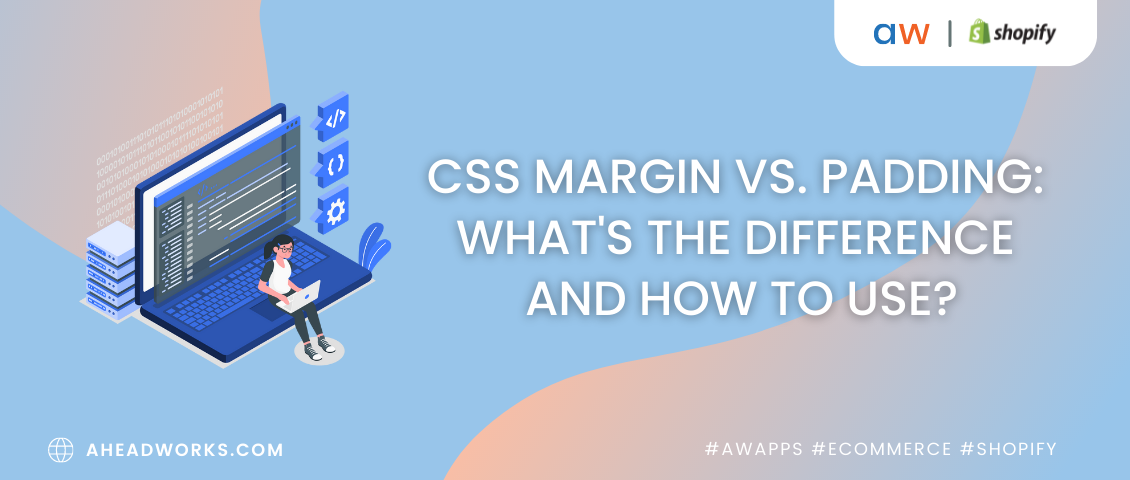Subconscious Incentives Affecting Customers’ Choice
Categorized as : Ecommerce
We should never forget that sales rely on human communications, which constitute the basis of any commerce. Rendering human and social psychology its primary role in trade and marketing is the only efficient way to profit.
People drastically differ from each other, if we talk about purchasing behavior and shopping patterns. So, in order to successfully use any techniques influencing customers, we should clearly define and segment shoppers.
Customers mainly incline to make purchases in two different ways: rational and emotional. Rational and emotional approaches considerably depend on the product, price, and demands, but we never completely suppress our emotions while purchasing.
Recent researches, published in the Journal of Marketing Research, reveal that customers are highly influenced by the environment during purchasing. Unsafe atmosphere automatically makes them more safety-oriented and less inclined to take risks. In such situations people better perceive warning messages about negative consequences than descriptions of positive effects. These situations are more beneficial for selling first-aid kits, extended warranty packages and other safety-related products.
Tip: Online merchants, who sell such products, may use this information and experiment on product pages with colors and content to obtain the required effect.
In contrast, customers are less inclined to simple real money gambles in these circumstances especially, if they lost in previous rounds.
Tip: Gambling and other games of chance require positive and safe atmosphere.
Reading reviews seems to be a rational behavior unless we discover that according to BrightLocal 79% of consumers trust online reviews (blind confidence) as much as personal recommendations. So, “I want to believe” has not faded away from our minds.
Tip: Stimulate and motivate customers to wright multiple and positive reviews, but do not hide negative ones, as 100% positive reviews drastically reduce customers’ trust.
Emotions caused by colors also belong to the subconscious area. Color preferences may differ due to personal experience, but usually are equally perceived within genders.
For example, according to Jeremy Smith, women usually prefer blue, purple, and green colors, but blue, green, and black are mostly liked by men. So, blue is the most universal color for both genders. The most hated by women colors are orange, brown, and gray; and brown, orange, and purple - by men, accordingly.
However, we should use colors carefully, as they cause different emotions in various circumstances. You should usually use yellow for warnings and green for calls to action, but green is also associated with healthy, natural and outdoor products. Orange is the color of fun, while black provides sense of luxury; and don’t forget white – the color of Google.
Tip: Define and segment your audience and use suitable palette for them. Use different themes for different purposes depending on the ambiance you strive to create on your site.
Content style vastly influences an overall impression of a certain store. Content plays a great role for creation site’s environment and should be thoroughly chosen for certain brands and customer audiences.
Female content can have more words and feeling expressions, while men prefer just facts in fewer words. Women like to read advices and live stories in order to compare their choice with other views and to get the sense of community. Men prefer to make own decisions based on factual background.
Promotional, advertising or site content is highly influenced by local traditions and way of living. For example, gay-themed ads are controversial in the U.S., but easily acceptable in Europe.
Tip: Differentiate your content styles by gender and cultural peculiarities of your customers.
The above mentioned subconscious consumers’ preferences have been successfully embraced by numerous brands. Frankly speaking, brand is absolutely an emotional entity and just represents our feelings, hopes, aspirations or dreams. Nevertheless, the power of brand is unwavering and once again demonstrates the extent to which the subconscious influence our lives, including purchasing habits.
People drastically differ from each other, if we talk about purchasing behavior and shopping patterns. So, in order to successfully use any techniques influencing customers, we should clearly define and segment shoppers.
Customers mainly incline to make purchases in two different ways: rational and emotional. Rational and emotional approaches considerably depend on the product, price, and demands, but we never completely suppress our emotions while purchasing.
Environmental Cues
Customers are highly influenced by the environment during purchasing
Recent researches, published in the Journal of Marketing Research, reveal that customers are highly influenced by the environment during purchasing. Unsafe atmosphere automatically makes them more safety-oriented and less inclined to take risks. In such situations people better perceive warning messages about negative consequences than descriptions of positive effects. These situations are more beneficial for selling first-aid kits, extended warranty packages and other safety-related products.
Tip: Online merchants, who sell such products, may use this information and experiment on product pages with colors and content to obtain the required effect.
In contrast, customers are less inclined to simple real money gambles in these circumstances especially, if they lost in previous rounds.
Tip: Gambling and other games of chance require positive and safe atmosphere.
Reviews
Reading reviews seems to be a rational behavior unless we discover that according to BrightLocal 79% of consumers trust online reviews (blind confidence) as much as personal recommendations. So, “I want to believe” has not faded away from our minds.
Tip: Stimulate and motivate customers to wright multiple and positive reviews, but do not hide negative ones, as 100% positive reviews drastically reduce customers’ trust.
Colors
Emotions caused by colors also belong to the subconscious area. Color preferences may differ due to personal experience, but usually are equally perceived within genders.
Women usually prefer blue, purple, and green colors
For example, according to Jeremy Smith, women usually prefer blue, purple, and green colors, but blue, green, and black are mostly liked by men. So, blue is the most universal color for both genders. The most hated by women colors are orange, brown, and gray; and brown, orange, and purple - by men, accordingly.
However, we should use colors carefully, as they cause different emotions in various circumstances. You should usually use yellow for warnings and green for calls to action, but green is also associated with healthy, natural and outdoor products. Orange is the color of fun, while black provides sense of luxury; and don’t forget white – the color of Google.
Tip: Define and segment your audience and use suitable palette for them. Use different themes for different purposes depending on the ambiance you strive to create on your site.
Content styles
Content style vastly influences an overall impression of a certain store. Content plays a great role for creation site’s environment and should be thoroughly chosen for certain brands and customer audiences.
Female content can have more words and feeling expressions, while men prefer just facts in fewer words. Women like to read advices and live stories in order to compare their choice with other views and to get the sense of community. Men prefer to make own decisions based on factual background.
Men prefer just facts in fewer words
Promotional, advertising or site content is highly influenced by local traditions and way of living. For example, gay-themed ads are controversial in the U.S., but easily acceptable in Europe.
Tip: Differentiate your content styles by gender and cultural peculiarities of your customers.
Brand propensity
The above mentioned subconscious consumers’ preferences have been successfully embraced by numerous brands. Frankly speaking, brand is absolutely an emotional entity and just represents our feelings, hopes, aspirations or dreams. Nevertheless, the power of brand is unwavering and once again demonstrates the extent to which the subconscious influence our lives, including purchasing habits.











